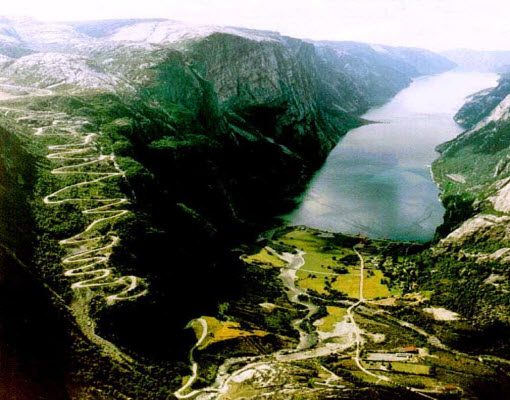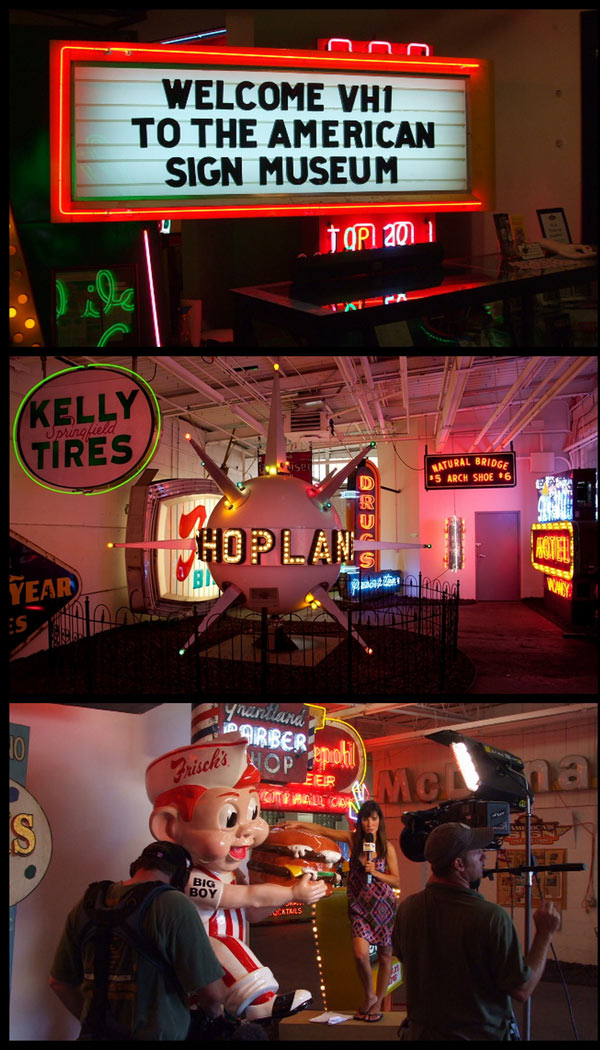Federal Reserve Chairman Ben S. Bernanke said the economy is at risk from Europe’s debt crisis and the prospect of fiscal tightening in the U.S., while refraining from discussing steps the central bank might take to protect the expansion.

Ben S. Bernanke, chairman of the U.S. Federal Reserve. Photographer: Andrew Harrer/Bloomberg
“The situation in Europe poses significant risks to the U.S. financial system and economy and must be monitored closely,” Bernanke said today in testimony to the Joint Economic Committee in Washington. “As always, the Federal Reserve remains prepared to take action as needed to protect the U.S. financial system and economy in the event that financial stresses escalate.”
Bernanke also warned lawmakers that “a severe tightening of fiscal policy at the beginning of next year that is built into current law -- the so-called fiscal cliff -- would, if allowed to occur, pose a significant threat to the recovery.”
Bernanke on June 19-20 will lead the Federal Open Market Committee in a policy-setting meeting confronting the slowest employment growth in a year and a worsening debt crisis in Europe. The U.S. added 69,000 jobs last month, the fewest in a year, even as the Fed maintained record stimulus.
In his prepared comments, the 58-year-old Fed chairman didn’t call for consideration of additional stimulus, a contrast with speeches yesterday in which Vice Chairman Janet Yellen said the economy “remains vulnerable to setbacks” and may warrant more accommodation. Two regional Fed bank presidents who vote on policy this year, San Francisco’s John Williams and Atlanta’s Dennis Lockhart, said the Fed should be prepared to take action if the economy deteriorates further.
Stocks Pare Gains
U.S. stocks pared gains after Bernanke’s statement. The Standard & Poor’s 500 Index was up 0.3 percent to 1,318.43 at 10:53 a.m. after earlier rising as much as 1.1 percent. The yield on the 10-year Treasury note declined to 1.64 percent from 1.66 percent late yesterday.
Responding to a question, Bernanke outlined the course of discussion he foresees at the next meeting of the FOMC.
“The main question we have to address has to do with the likely strength of the economy going forward,” Bernanke said. “Will there be enough growth going forward to make material progress on the unemployment rate?”
“If we decide that further action is required, then of course we have to decide what action is appropriate or what communications are appropriate,” Bernanke said. “We do have options that we can consider,” he said, without naming them.
Yellen Outlines Steps
Yellen, in her speech yesterday, outlined steps the Fed could take. She said the central bank could try to spur growth by altering its pledge to keep interest rates “exceptionally low” at least through late 2014. The Fed adopted the 2014 time horizon in January, extending an earlier date of mid-2013.
The Fed could also undertake another round of asset purchases or continue its Operation Twist program, set to expire this month, to lengthen the maturities of bonds on its balance sheet, Yellen said. The Fed purchased $2.3 trillion of bonds in two rounds of so-called quantitative easing.
Bernanke’s prepared comments echoed language from recent Fed statements, saying that the central bank “reviews the size and composition of its securities holdings regularly and is prepared to adjust those holdings as appropriate to promote a stronger economic recovery in a context of price stability.”
Fisher, Bullard
More easing isn’t necessary, Dallas Fed President Richard Fisher and St. Louis Fed President James Bullard said in separate speeches on June 5. Additional stimulus would be “pushing on a string,” Fisher said, while Bullard said there’s time to assess the economy and no need to change policy now. The two regional bank chiefs don’t vote on policy this year.
The central bank said yesterday in its Beige Book business survey that the U.S. economy maintained a moderate pace of growth from early April to late May as factory output rose and the real-estate market improved.
“Economic growth appears poised to continue at a moderate pace over coming quarters, supported in part by accommodative monetary policy,” Bernanke said today. “In particular, increases in household spending have been relatively well sustained.”
The outlook for inflation is “subdued,” and price increases will probably remain at or slightly below the 2 percent level that’s in line with the FOMC’s goal to meet its dual mandate of stable prices and maximum employment, Bernanke said. Higher unemployment and retreating oil and gas prices “should continue to restrain inflationary pressures,” he said.
Urges ‘Sustainable Path’
Bernanke used his appearance before lawmakers to urge them to put fiscal policy on a “sustainable path” while avoiding a “severe tightening” in spending just now that could hamper the economic recovery.
A smoother transition in government spending would help promote full employment, which would be supportive of fiscal accounts, he said, while a credible long-term budget plan “could help keep longer-term interest rates low and improve household and business confidence.”
Bernanke also elaborated on his views about the crisis in Europe, saying it was “acting as a drag on our exports, weighing on business and consumer confidence, and pressuring U.S. financial markets and institutions.”
European policy makers will likely need to take additional steps to stabilize their banks, calm their markets, and create a “workable” fiscal framework, Bernanke said.
ECB Rates
European Central Bank President Mario Draghi said yesterday that ECB policy makers discussed cutting interest rates to a record low, fueling expectations they’ll act as soon as next month as the intensifying debt crisis curbs growth.
“We monitor all developments closely and we stand ready to act,” Draghi told reporters in Frankfurt after the ECB left its benchmark rate at 1 percent. Risks to the economic outlook have increased and “a few” of the ECB’s Governing Council members called for rate cut at yesterday’s meeting, he said.
Minutes of the FOMC meeting on April 24-25 showed policy makers said a loss of momentum in growth or increased risks to their economic outlook could warrant additional action to preserve the recovery. Members “indicated that additional monetary policy accommodation could be necessary if the economic recovery lost momentum or the downside risks to the forecast became great enough,” the minutes showed.
Less Than Half
The 69,000 jobs added in May was less than half the number forecast by economists and the April total was revised down to 77,000 from 115,000, Labor Department figures showed June 1. The unemployment rate unexpectedly rose to 8.2 percent from 8.1 percent for the first increase since June 2011.
“I am convinced that scope remains for the FOMC to provide further policy accommodation,” Yellen said yesterday. “It may well be appropriate to insure against adverse shocks that could push the economy into territory where a self-reinforcing downward spiral of economic weakness would be difficult to arrest.”
Atlanta’s Lockhart said extending Operation Twist is an “option on the table” and that policy makers can do more, while San Francisco’s Williams said the Fed should be ready to step up stimulus in case economic growth slows and threatens to delay improvement in the job market.
AT&T Inc. Chief Executive Officer Randall Stephenson said on June 1 that smaller companies have reduced hiring as business conditions get “tighter and tighter,” reducing demand for the largest U.S. phone company’s services.
‘Best Case’
Dallas-based AT&T expects the economy to expand by 1 percent in the second half of 2012 in “our best case” scenario, Stephenson said at a conference.
“New business starts down at the bottom end are still in negative territory, and until we see that begin to tick up, we’re not forecasting for ourselves any kind of change in trajectory of the current economic environment,” Stephenson said. We are “seeing no hiring, basically, that would drive our type of business.”
Concern the global economy is slowing drove down the Standard & Poor’s 500 Index 6.3 percent in May for the biggest monthly loss since September. The index rose yesterday by 2.3 percent to 1,315.13 on signs central bankers are prepared to support growth.
Investors seeking safety in U.S. government this month debt have pushed yields on 30-year and 10-year debt to record lows of 2.5089 percent and 1.4387 percent, respectively.
JPMorgan Chase & Co. and Morgan Stanley say Fed policy makers are more likely to buy additional government-backed mortgage securities after the pace of U.S. job creation slowed.
Mortgage Rates
Mortgage rates for 30-year U.S. loans have fallen to record lows for five straight weeks as concern about Europe’s financial crisis attracts investors to U.S. government bonds that guide borrowing costs. The average rate for a 30-year mortgage dropped to 3.75 percent in the week ended May 31 from 3.78 percent, Freddie Mac said. It was the lowest in the mortgage-finance company’s records since 1971.
The S&P/Case-Shiller index of property values in 20 U.S. cities dropped 2.6 percent from a year earlier following a 3.5 percent decline in February, the group reported May 29.
The number of Americans signing contracts to buy previously owned houses fell in April by the most in a year, the National Association of Realtors said May 30. Pending home resales dropped 5.5 percent from March. They rose 15 percent from a year earlier.



















